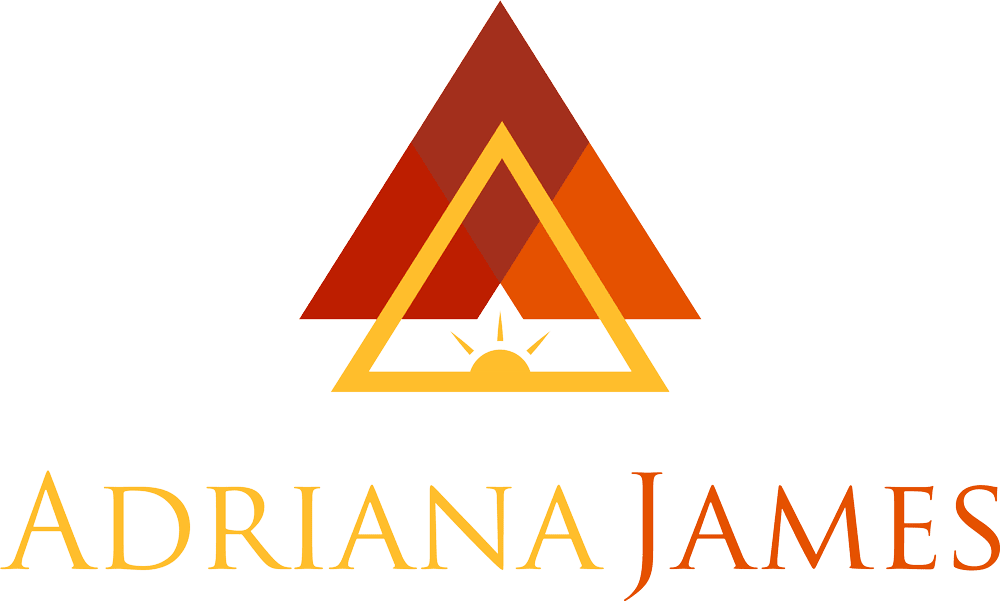The Charisma Sequence in Neuro-Linguistic Programming (NLP)
Any audience (live or virtual) is likely to consist of people from all four representational systems (visual, auditory, kinesthetic, and auditory-digital).The challenge for any presenter or speaker is to find a way of engaging each of these very different types of people in the first minutes of your presentation before they stop listening to you.
Neuro-Linguistic Programming (NLP) has identified a simple way of achieving this goal called the Charisma Sequence. It uses the core characteristics of each of the primary representational systems in a clear order to draw them each in turn based on the basic NLP pre-supposition that people like people who are like themselves.
Engaging People with a Primary Visual Representational System
As you know, people with a primary visual representational system are somewhat impatient and speak rather quickly. So, we start our presentation by speaking rather quickly using visual verbal cues to engage these visual communicators because, if we do not engage this portion of our audience at the outset they will quickly lose interest.
Engaging People with a Primary Auditory Representational System
We then slow our pace slightly and drop to a slightly deeper tone of voice to engage the auditory portion of the audience. We use words which resonate with our auditory communicators like, ˜hear’, ˜sound’ and ˜noise’. These people are more patient than highly visual communicators but less patient than the kinesthetics.
Engaging People with a Primary Kinesthetic Representational System
Having engaged our auditory communicators we move on to the kinesthetics in our audience. We slow our speaking-rate, we move to an even deeper tone and we use sensory terminology that engages their feelings and senses.
By this time the majority of your audience will be engaged because even your primarily auditory-digital communicators have a secondary representational system which you will already have addressed. However, at this point you may wish to refer to some more conceptual words and ideas.
This whole charisma sequence can be completed in just a minute or two. It is not a long-drawn-out process at all. In fact, it is quite important to move through it fairly quickly so that you do not lose any part of your audience completely before you have even started your presentation.
Re-engaging Your Audience at Intervals
You can re-use this sequence at various stages of your speech or presentation as we know people’s attention may slide in and out. When speaking to a live audience, you will be able to sense when you need to re-engage them and use this sequence. However, when you are presenting a webinar or other remote presentation you cannot control or feel your audience and so it is particularly important that this charisma sequence is embedded in the structure of your presentation and you do not leave it to chance.
Always remember that your audience does not have to listen to your presentation, therefore it is your responsibility to use every technique and tool you possess to hold their interest and meet their expectations so that they help you to achieve your goals. An effective presentation does require a strong theoretical and practical grasp of the primary representational systems and many NLP practitioners find that this powerful tool (taught at Practitioner lever through the Tad James Company courses and refined in later stages) requires both understanding, controlled practice, and real-world experimentation to fully appreciate its scope.
Sign up for NLP Practitioner, Master Practitioner, Trainers’ Training



